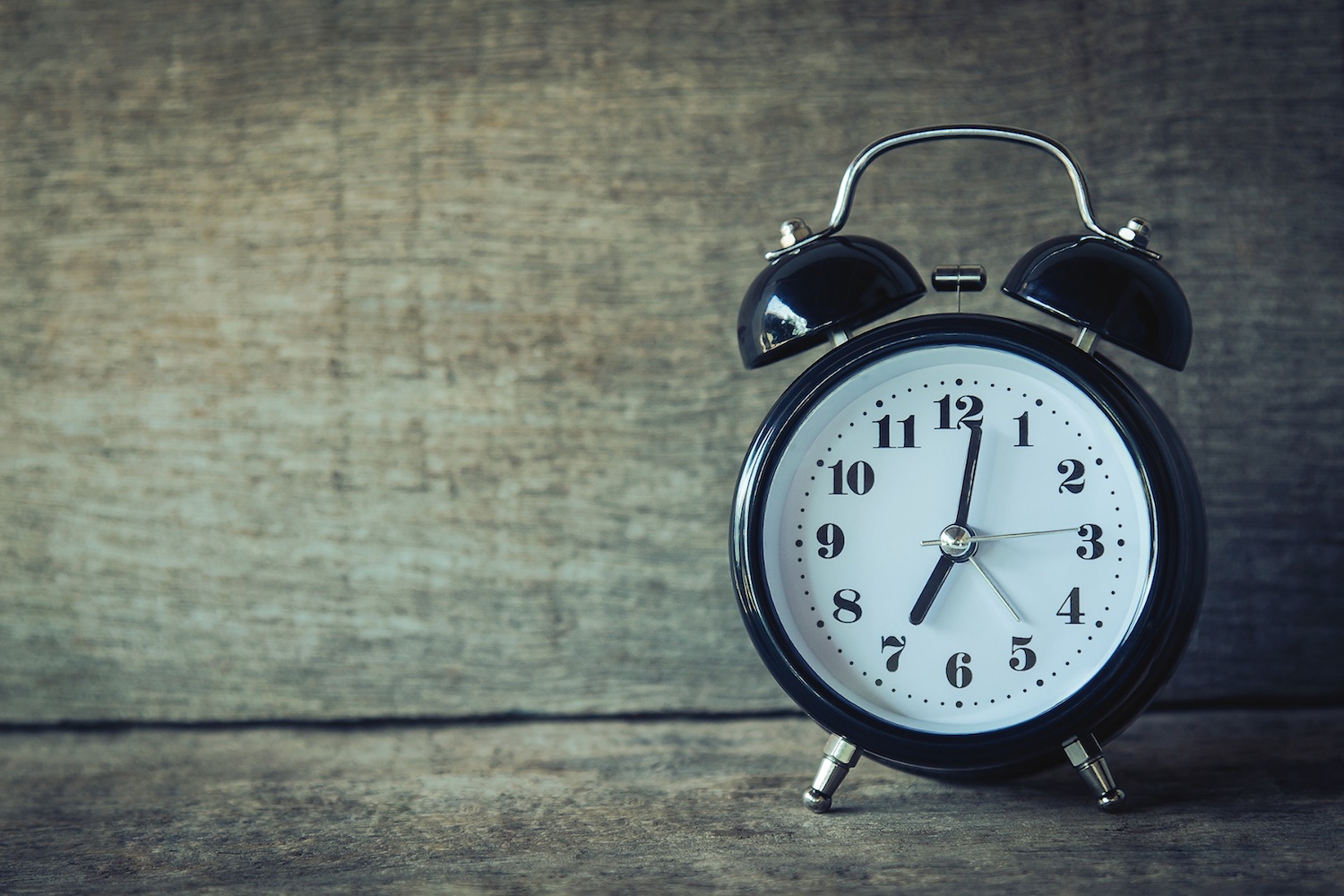Years ago, before it sky rocketed in popularity, I wrote a blog post about intermittent fasting for improving digestion and supporting/cleansing the liver. Intermittent fasting is an easier approach to fasting that can be very helpful and easy on the body, if done right.
Fasting on water is difficult and stressful for the body. I don’t recommend it. But intermittent fasting offers a gentle, modified approach to fasting, which includes the benefits with less discomfort and deprivation.
Intermittent fasting has been around for centuries, used my ancient people to harness the natural healing powers of the body. Animals use fasting as a primary tool for healing when they are sick.
I follow this instinctual response when I have the flu, eating almost nothing and drinking lots of liquids.This is my secret to a quicker recovery.
Before I explain how or when to use intermittent fasting, some basic background info…
What is intermittent fasting?
The popularity of the ketogenic (high fat) diet has brought intermittent fasting into the mainstream. Keto has become popular due to its power to reduce inflammation and shed pounds, particularly stubborn belly fat. Keto stands for ketosis or the body’s fat burning mode.
The fastest way to get into ketosis is to fast on water for an about 24 hours (depending on the person). During ketosis, many positive changes take place in the body, and the liver begins to break down stored fat for energy instead of burning sugar from food.
This can be extremely detoxifying as the body’s toxin’s are stored in fat cell.
Intermittent fasting can be done in many ways. I prefer the gentlest way, by setting up a daily eating window and fasting window.
The length of your eating window is up to you but most people do 8 hours. If you are eating during an 8 hour window, you are fasting for16 hours daily. This includes the time you are asleep.
In this example, you start eating at 9 am and finish eating at 5 pm, fasting until bedtime. If that seems hard, a 10 hour eating window has you starting at 9 and stopping at 7 pm.
You can mold your eating window around your schedule and biological clock (when you like to eat). And if fasting seems intimidating, start slow. Push your dinner up by one hour each week.
The point is to give your body dedicated block of time without food so it can devote its energy to cleansing and repair instead of digesting. Fasting would most benefit those who graze and snack throughout the day, or eat late at night, never giving their body a break from digesting.
It is usually best to stop eating 3 hours before bed, to give your liver a chance to detox at night. When you eat too late at night, this interferes with the liver’s ability to clean itself during sleep. The liver repairs itself between 1 and 3 am in the morning.
How intermittent fasting helped me with SIBO
I used intermittent fasting to speed up my healing process when I had SIBO.
My eating window was 8 hours and a I fasted for 16 hours starting at 5 pm.
I wasn’t super rigid about this. I aimed for this schedule but didn’t sweat it if I ate a bit earlier or later.
Intermittent fasting is amazing for improving and supporting motility. And by supporting the liver it also helps digestion because the liver produces bile, which is needed to break down fat as well as protein and carbs.
But intermittent fasting is not for everyone.
People who are under weight shouldn’t do it anything less than a 12 hour eating window because it may cause weight loss.
Others who should be cautious are those with hyperglycemia or thyroid/adrenal issues. In these cases, eating enough is very important and fasting should be done under the guidance of a practitioner.
Benefits of fasting
1) Fasting has been shown in studies to increase bacterial diversity.
2) It helps speed and support the migrating motor complex, which slows or falters with SIBO or IBS, leading to bacterial overgrowth or slow transit.
3) It allows cells and organs to repair themselves and encourages the self destruction of unhealthy cells.
4) Fasting can reduce inflammation and brain fog as well as help with insulin resistance.
Useful fasting tool
For those who may struggle with hunger during their fasting window, an elemental diet is a good solution. It’s a powder mixed with water to provide protein, carbs and fat. These nutrients are broken down into their simplest forms and absorbed without requiring any digestion.
The elemental diet feeds the person while starving small intestinal bacteria. And it gives the digestive system the rest it needs to speed up recovery and support the migrating motor complex/motility.
Rules of fasting
While fasting it’s ok to consume water and non caloric beverages like tea with nothing in it. If you heard or read about people doing intermittent fasting by drinking coffee with butter, cream and/or MCT oil for breakfast, don’t do it.
This is not recommended for IBS. Coffee is a gut irritant and is particular harsh on the gut lining. If your aim is to heal your gut, coffee must be temporarily eliminated.
Sometimes the desire for food can be emotional or psychological.
Sometimes we want food not because we are hungry but because we are bored or anxious or depressed, or because the people around us are eating. Sometimes just the idea of depriving yourself of food makes you want to eat. Food can be comfort, a treat or entertainment.
While totally normal, this is not a healthy response to food because we are not listening to our body’s true hunger signals. Creating a structure around eating can help us tune into when the body is truly hungry.
If you face resistance to fasting. Start slow and listen to your true hunger signals. If you are really hungry when you should be eating you can adjust your eating window to include eating earlier, later, longer.
My body stopped wanting food after 7 pm and I realized that my digestive powers started winding down after then. And that I digested best from 11 am to 6 pm.
What I love about intermittent fasting
As far as fasting goes, this is as gentle as it gets. Yet very powerful.
It break the pattern of mindless or emotional eating. It creates a break from food.
Limiting when you eat can be just as powerful as limiting what you eat.
Listening to your body, and creating your perfect fasting schedule connects you to your intuition.


